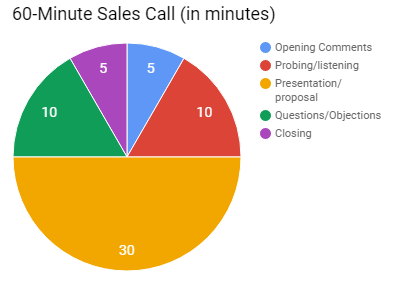Smart But Silent Doesn’t Work
“Steve, so many times I know she is the smartest person in the room, she’s just not showing it.”
That was the feedback I got from a client who was frustrated that one of his managers was not developing the trust of her team. “I’m worried that if she doesn’t start speaking up, the window of trust will close.”
So why would someone who clearly has the confidence of her supervisor not take the necessary steps to establish herself as someone with the knowledge, experience and insight to lead here team? Based on my experience with so many people in similar situations, here are four reasons.
Overthinking
When I spoke with this individual, she understood right away that she tended to overthink things. She gave an example. “Just this week, I thought of a possible solution to an issue our group was discussing. But instead of voicing my initial idea, I kept thinking about it, determining next steps, figuring out ways to overcome obstacles, and looking at all possible outcomes. While I was thinking of all of this, ten minutes passed and then someone else voiced the same idea. My overthinking kept me silent while my colleague got credit.”
The lesson here is that if you what you believe to be a good idea, voice it! You can have the debate about its merits with the whole group but you’ve at least show initiative and leadership.
Doubt
Naturally, no one wants to be embarrassed by voicing a bad idea. But you’re in the position you are because people are counting on you to come up with ideas and solutions. Holding back because it might not be the “best” solution is not the stuff of leadership. It demonstrates a lack of faith in yourself so, how can you except others to follow you? You can’t so, speak up!
Choking on the Words
Even in a small group, most people don’t like public speaking even when they have prepared what they are going to say. The stress of this rises when you are about to deliver an “of the moment” thought based on the current conversation. With this client, she was prone to choking on her words and not delivering them as well as she would have liked. I worked with her to calm herself down, take a pause for a breath and give herself some time. One trick is to acknowledge what the last person speaking said to buy some time. “As Dave just said, the important element here is….” Now you can deliver what you want to say within the context of the current conversation, giving it relevance while you’ve also started speaking so you can more comfortable deliver your intended message.
Missing the Moment
Patience is a virtue. Yes, it is. But sometimes we are so patient, we miss the moment. With this client, she was so respectful of everyone else, she was prone to letting everyone else speak until it was her “turn.” But many times, she would miss the moment when her comments were going to be most relevant. What this shows is a lack of leadership, taking a “first position” in a meeting and establishing her ideas as a basis for discussion. My client said, “They want to hear from her more…and first! But she waits too long to voice her insight. The moment has passed and many times, they don’t know that she has some really good ideas.” Repeated scenarios like this lead to teams losing faith in their leaders. My advice to her was that she must capitalize on the moment, taking control of the conversation so that her ideas can be heard. Ideas from other may follow but she established her leadership tone by being the first to jump in!
You may be the smartest person in the room. But if no one hears from you, does it matter? Work this week to establish your leadership by avoiding these four pitfalls. Let me know how it goes in the comments below. – sg

 Solution.
Solution.
